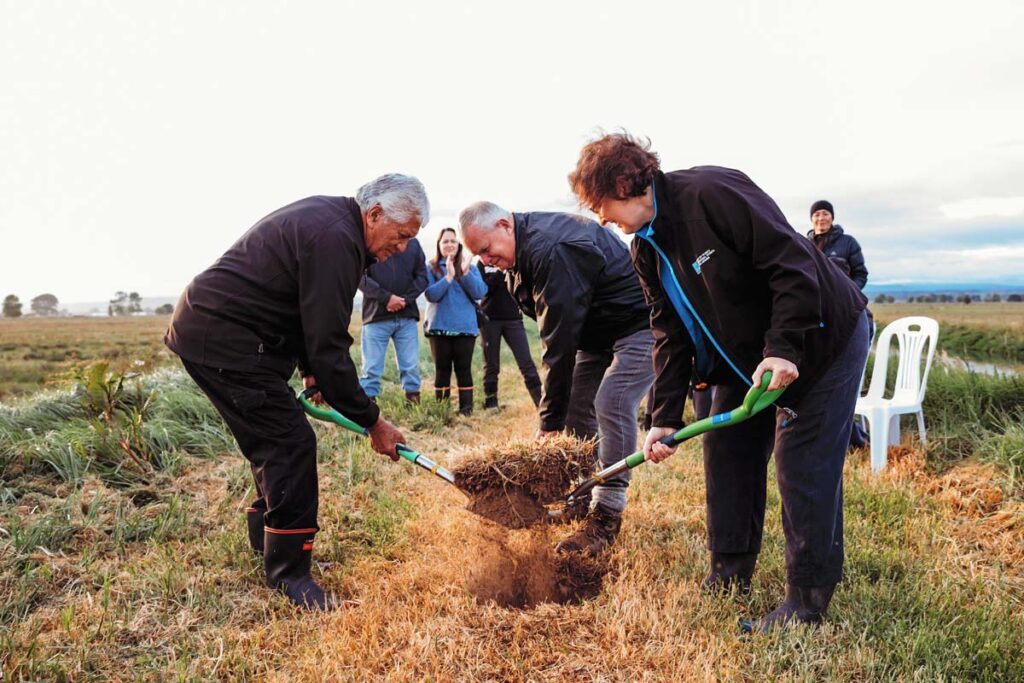
Burgeoning commercial and industrial growth in the Bay of Plenty is good for business but it should not result in the region becoming a concrete jungle, Bay of Plenty Regional Council (BOPRC) expects.
The first of many, the Cutwater Road wetland (as it is known currently) will play an important role in creating a protective buffer of wetlands, helping restore the environmental health of the Waihī Estuary, Fiona McTavish from BOPRC contends.
“[The estuary] is one of the most degraded in the country, so when we began looking at what we could do, this project felt almost impossible. To see where we are today, and to reach such a significant milestone, is an incredible achievement for all involved.”
The estuary has been identified as one of New Zealand’s most degraded wetlands due to decades of drainage, river channelisation, land use change and contaminated runoff throughout its 35,000 hectare catchment. Significant change is needed to return the estuary to a moderate state of ecological health, McTavish confirmed.
The project, which broke ground in late November, would not have been possible without a partnership between BOPRC, iwi collective, Te Wahapū o Waihi, and local farmers, she added.
Over the next 18 months, the Cutwater Road site will transform from a 30ha dairy farm into a 27ha coastal treatment wetland and a 3ha tidal coastal wetland.
When completed, the wetlands are expected to improve water quality and biodiversity, contribute to climate change mitigation and adaptation outcomes through carbon storage, and support the cultural and recreational values of the area.
The wetland project is being funded through a 50/50 split between BOPRC and Te Wahapū o Waihī drawing on the Ministry for the Environment’s Freshwater Improvement Fund.
“This whenua is a place for gathering kai, a seasonal papakainga for our tupuna,” Professor Kura Paul-Burke, Te Wahapū o Waihī, added. “It is heart-warming walking the whenua alongside such a broad range of stakeholders, united around returning health to the estuary.”



